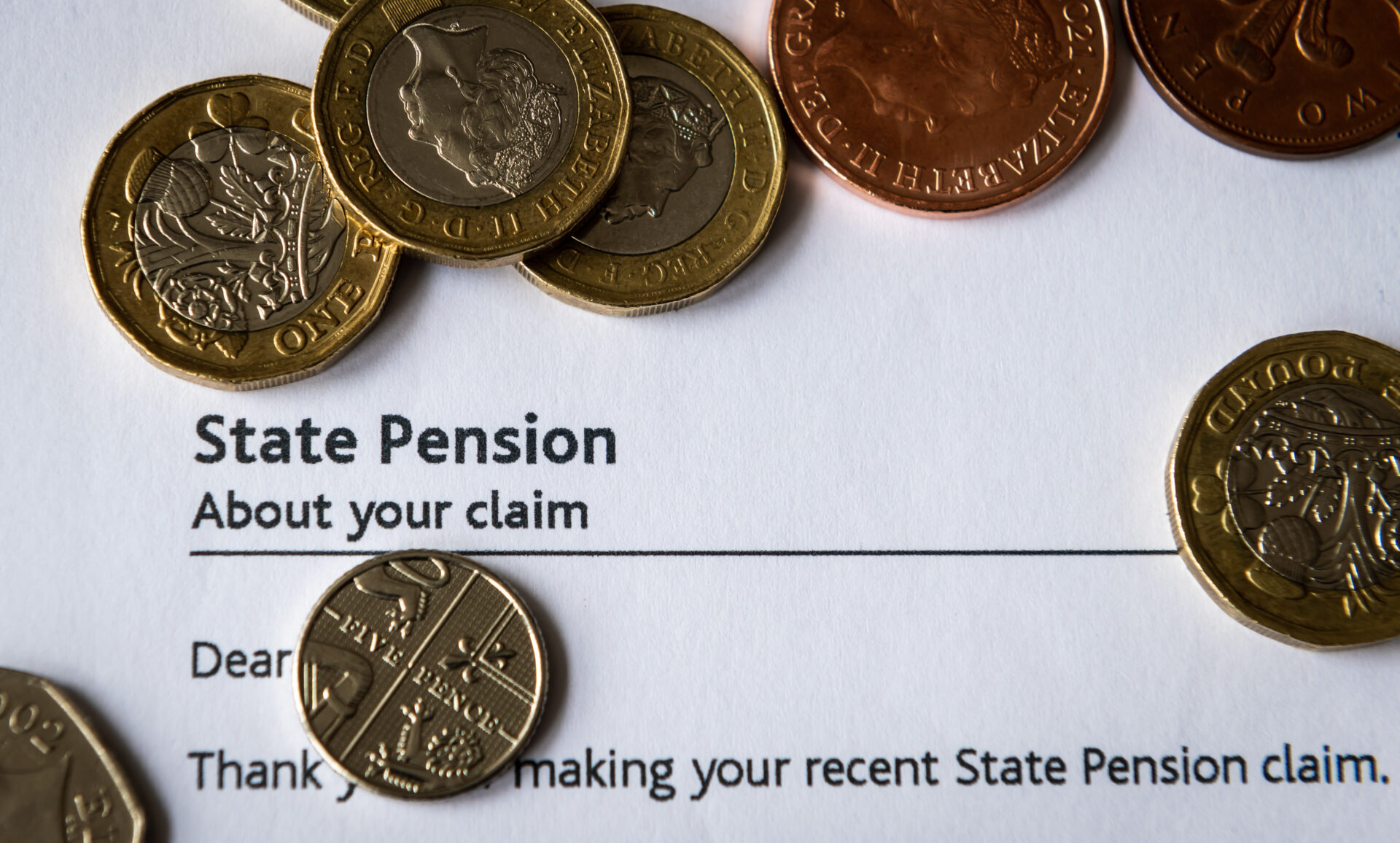State Pension “Shortfall Day” falls this weekend, marking the point in the year when a pensioner relying solely on the full new State Pension would exhaust their annual income if spending at the ‘minimum’ level set out by the PLSA Retirement Living Standards.
According to the analysis from Just Group, a single pensioner requires £13,400 a year to maintain the ‘minimum’ standard.
The full new State Pension for 2025–26 is £11,973, creating a shortfall of £1,427.
This means that a pensioner spending at the minimum benchmark would run out of State Pension income on 22nd November and need private pensions or other savings to cover the remaining weeks of the year.
The gap is significantly wider for those aiming for higher living standards.
Someone targeting the PLSA’s ‘moderate’ level would require an extra £19,727 a year, with State Pension income exhausted by 17th May.
Those aspiring to a ‘comfortable’ retirement would face a £31,927 shortfall, with their State Pension running out as early as 9th April.
The PLSA’s ‘minimum’ standard is defined as covering essential needs with some scope for social activities, such as a one-week UK holiday, eating out once a month and affordable leisure activities twice a week.
Stephen Lowe, group communications director at Just Group, said: “In a year in which the Government launched both a State Pension Age Review and a Commission to consider pensions adequacy, Saturday 22nd November marks the day in the year when a single pensioner living to a ‘minimum’ standard of living would theoretically run out of money if their only source of retirement income was the State Pension.
“The State Pension has seen significant increases in recent years and provides a solid foundation of income in later-life which, as this research shows, is likely to cover the majority of retirees’ essential spending.
“However, it is clear that people will need to hold a substantial amount in pensions or other savings to top up the State Pension in order to achieve the lifestyle in retirement many may want.”
















